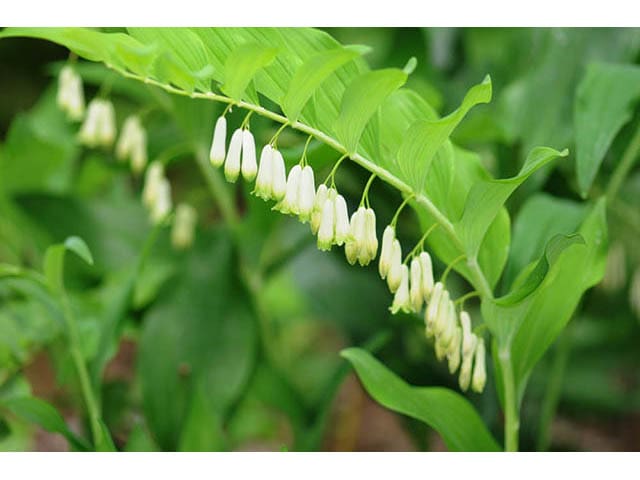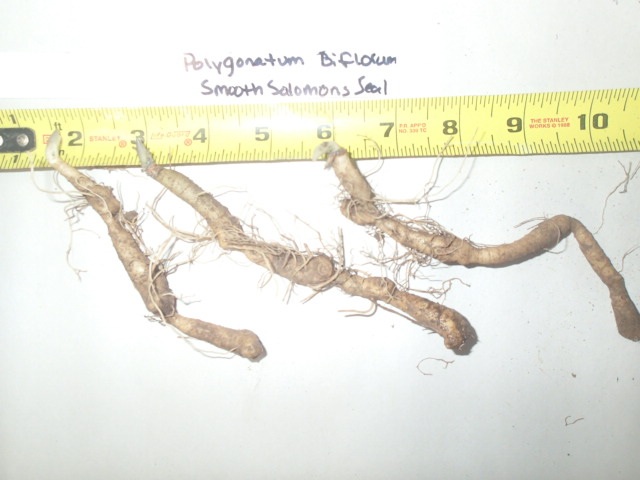Polygonatum biflorum, Smooth Solomon’s Seal, Wholesale Native Bare Root Perennials
$8.00
500 in stock
Polygonatum biflorum, Smooth Solomon’s Seal, Great Solomon’s-seal, Sealwort,Wholesale Native Bare Root Perennials
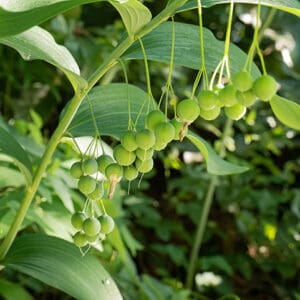
(requires a minimum purchase of 5 plants, must be purchased in groups of 5)
Wholesale pricing is based on quantity.
5 or more $8.00 each
25 or more $4.00 each
50 or more $2.25 each
300 or more $2.00 each
For Shipping, Install and additional info please see “About Bare Root“.
Native bare root perennials are dug and shipped while dormant, mid October to early spring.
See all available Native Bare Root Perennials
Check the native status of this species for your area via the USDA Plants Database here.
Order Minimum
There is a minimum order total of $150.00.
before tax (VA residents only) and shipping.
There are NO EXCEPTIONS.
Description
Polygonatum biflorum, Smooth Solomon’s Seal, Great Solomon’s-seal, Sealwort,Wholesale Native Bare Root Perennials
Polygonatum biflorum (Walter) Elliott
Smooth Solomon’s Seal, Great Solomon’s-seal, Sealwort
Liliaceae (Lily Family)
Synonym(s):
USDA Symbol: POBI2
USDA Native Status: L48 (N), CAN (N)
The zig-zag arching stalks are from 1-5 ft. long. Nodding, greenish-white, tubular flowers hang in pairs from the axils of the oval, conspicuously veined leaves. Hanging from the leaf axils on an arching stem are a few (often 2) greenish-white, bell-like flowers. Blue berries follow the flowers of this perennial. The root is rhizomatous but non-colonizing.
The graceful arching stems and pendulous flowers characterize this common plant. The rootstalk, or rhizome, of the Solomon’s Seal is jointed; the leaf stalk breaks away from it, leaving a distinctive scar said to resemble the official seal of King Solomon. Native Americans and colonists used the starchy rhizomes as food.
Plant Characteristics
Duration: Perennial
Habit: Herb
Leaf Complexity: Simple
Fruit Type: Berry
Size Notes: Usually 2 feet tall, but occasionally exceeds 3 feet.
Leaf: Bright yellow-green
Flower: Flowers 3/4 inch
Fruit: Black, Blue A quarter inch to a half inch.
Bloom Information
Bloom Color: White , Yellow , Green , Brown
Bloom Time: Mar , Apr , May , Jun
Bloom Notes: Flowers typically pale green to white.
Distribution
USA: AL , AR , CT , DC , DE , FL , GA , IA , IL , IN , KS , KY , LA , MA , MD , ME , MI , MN , MO , MS , NC , ND , NE , NH , NJ , NM , NY , OH , OK , PA , RI , SC , SD , TN , TX , VA , VT , WI , WV , WY
Canada: MB , NB , NS , ON , QC
Native Distribution: Southern Ontario, Nova Scotia, Manitoba, and Saskatchewan, south to FL and TX, up the Connecticut R. valley, s. MI, MN, & ND
Native Habitat: Rich, dry to moist woods; thickets; calcareous hammocks
Growing Conditions
Water Use: Medium
Light Requirement: Part Shade , Shade
Soil Moisture: Dry , Moist
Soil pH: Acidic (pH<6.8)
Soil Description: Moist, rich, acid soils, though also occurs in calcareous areas. Prefers high humus. Sandy, Sandy Loam, Medium Loam, Clay Loam, Clay.
Conditions Comments: Does best in rich woodland soil but quite versatile and will do well at the base of trees.
Benefit
Use Ornamental: An understory plant used in eastern North America for its arching stems and attractive leaves.
Use Wildlife: Roots consumed by mammals. Fruits attract birds.
Use Food: EDIBLE PARTS / PREPARATION: Young shoots can be boiled for 10 minutes and served like asparagus. Whole shoots can be cut up and put into salads. The rootstocks can be added to stew or boiled for 20 minutes and eaten like potatoes. (Poisonous Plants of N.C.)
First Nations People and colonists used the starchy rhizomes as food. (Niering)
Warning: POISONOUS PARTS: Berries. Only low toxicity if ingested. Symptoms include vomiting, diarrhea. Toxic Principle: Anthraquinone.
Conspicuous Flowers: yes
Interesting Foliage: yes
Attracts: Birds , Butterflies
For Shipping, Install and additional info please see “About Bare Root“.
Native bare root perennials are dug and shipped while dormant, mid October to early spring.
See all available Native Bare Root Perennials
Check the native status of this species for your area via the USDA Plants Database here.
Related products
-
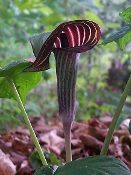
Arisaema triphyllum, Jack in the Pulpit, Wholesale Native Bare Root Perennial
$8.00 Add to cart -
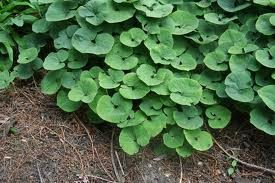
Asarum canadense, Wild Ginger, Native Bare Root Perennial
$4.00 Add to cart -
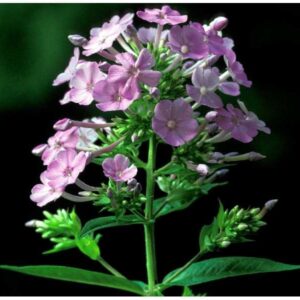
Phlox paniculata, Fragrant Tall Summer Phlox, Native Bare Root Perennial
$8.00 Add to cart -
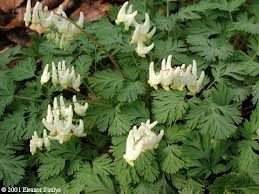
Dicentra canadensis, Squirrel Corn, Native Bare Root Perennial
$8.00 Add to cart
